Table of Contents
Table of Contents |
The Trenz Electronic TE0714 is an industrial-grade SoM (System on Module) based on Xilinx Artix-7, 16 MByte Flash memory and powerful switching mode power supplies for all on-board voltages. A large number of configurable I/O's is provided via rugged high-speed stacking strips. TE0714 is the smallest module with transceiver (3 x 4 cm).
Refer to http://trenz.org/te0714-info for the current online version of this manual and other available documentation.
Xilinx Artix-7 FPGA (A15T, A35T, A50T)
5 IO's (QSPI or user I/O's)
Different configurations for cost and performance optimization available upon request. Available options are:
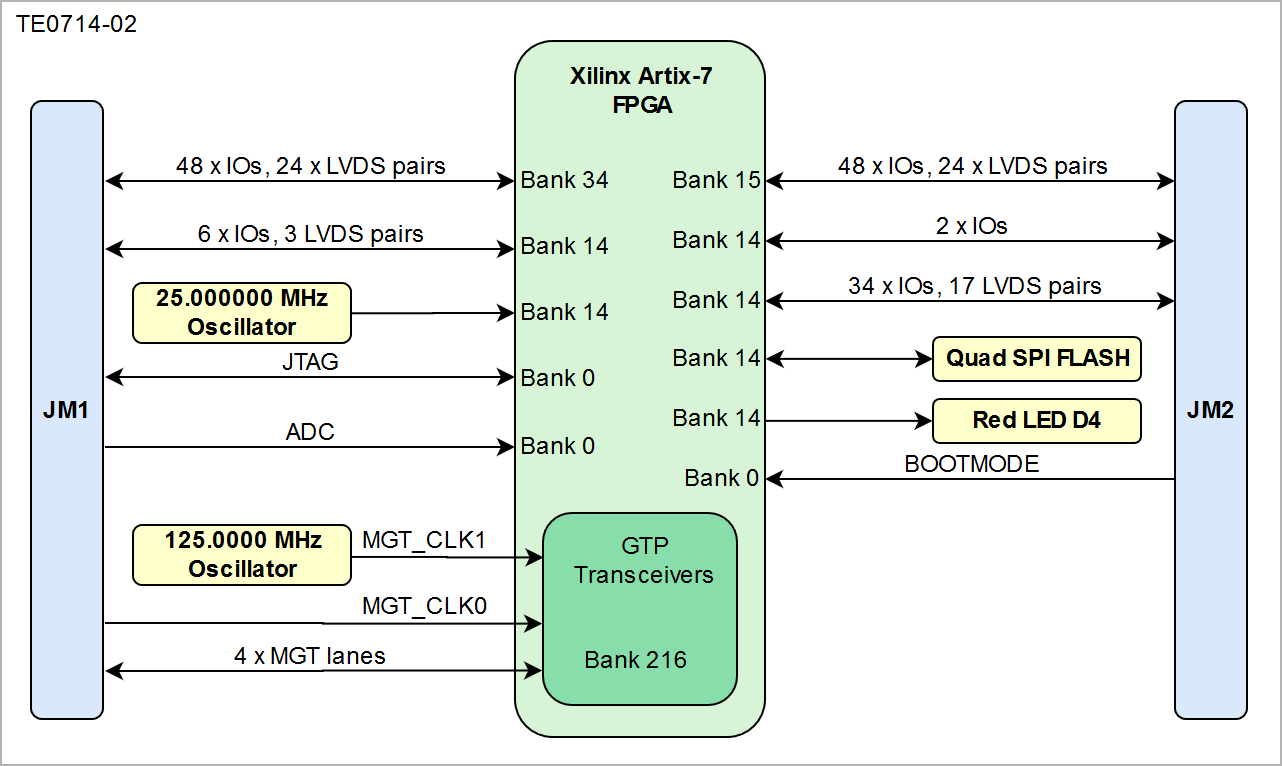
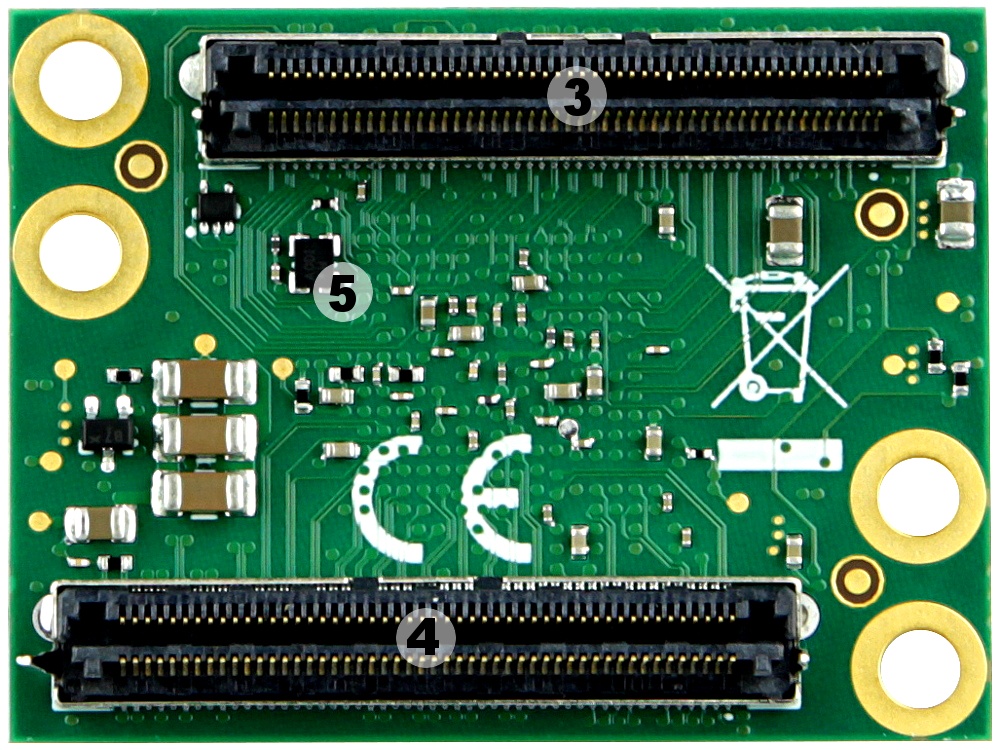
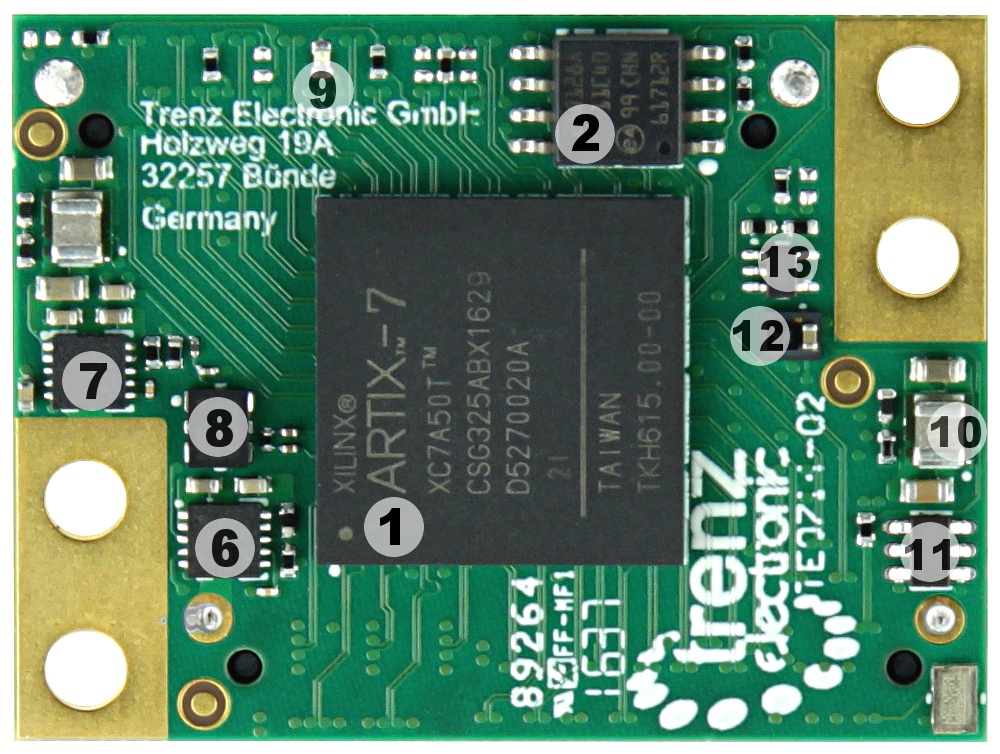
Storage device name | Content | Notes |
|---|---|---|
SPI Flash OTP Area | Empty, not programmed | Except serial number programmed by flash vendor |
SPI Flash Quad Enable bit | Programmed | |
SPI Flash main array | demo design | |
eFUSE USER | Not programmed | |
eFUSE Security | Not programmed |
FPGA bank number and number of I/O signals connected to the B2B connector:
| FPGA Bank | B2B Connector | I/O Signal Count | Voltage Level | Notes |
|---|---|---|---|---|
| 14 | JM1 | 6 | VCCIO_0 | |
| 14 | JM2 | 36 | VCCIO_0 | NB! 17 LVDS pairs possible. |
| 14 | JM2 | 5 | VCCIO_0 | used for QSPI flash |
| 15 | JM2 | 48 | VCCIO15 | Supplied by the baseboard. |
| 34 | JM1 | 48 | VCCIO34 | Supplied by the baseboard. |
| 216 | JM1 | 16 | MGT_AVCC MGT_AVTT | 4 x GTP lanes. |
Please refer to the Pin-out tables page for additional information.
JTAG access to the Xilinx Artix-7 FPGA device is provided through connector JM1.
Signal Name | B2B Pin |
|---|---|
| TCK | JM1:89 |
| TDI | JM1:85 |
| TDO | JM1:87 |
| TMS | JM1:91 |
There is one LED on TE0714 module:
LED | Color | FPGA | Notes |
|---|---|---|---|
D4 | Red | K18 |
Clock | Default Frequency | IC | FPGA | Notes |
|---|---|---|---|---|
| CLK25MHz | 25 MHz | U8 | T14 | Frequency depends on the module variant. Output is compatible to 3.3V and 1.8V I/O standard of the FPGA bank. |
| MGT_CLK | 125MHz | U2 | B6/B5 | Frequency depends on the module variant |
Boot mode is controlled by the MODE signal on the board to board (B2B) connector:
MODE signal State | Boot Mode |
|---|---|
high or open | Master SPI, x4 Mode |
low or ground | Slave SelectMAP |
SPI D2 and D3 have no pull-ups on the module so with PUDC=High option, those pins are floating if there are no pull-ups on baseboard. As those pins have SPI RESET function when Quad mode is not enabled, it is mandatory to either add pull-ups on user baseboard or program the Quad Enable bit in Flash nonvolatile status register. |
On-board SPI flash memory S25FL127S (U7) is used to store initial FPGA configuration. Besides FPGA configuration, remaining free flash memory can be used for user application storage. All four SPI data lines are connected to the FPGA allowing x1, x2 or x4 data bus widths. Maximum data rate depends on the bus width and clock frequency used.
SPI Flash QE (Quad Enable) bit must be set to high or FPGA is unable to load its configuration from flash. By default this bit is set to high at the manufacturing plant. |
To power-up a module, power supply with minimum current capability of 1A is recommended.
TE0714 needs one single power supply with nominal of 3.3V.
| Test Condition (25 °C ambient) | VIN Current mA | Notes |
|---|---|---|
| TE0714-35, TEBT0714, empty design, GT not enabled | 110mA |
Actual power consumption depends on the FPGA design and ambient temperature.
There is no specific or special power-on sequence, single power source is needed as VIN, rest of the sequence is automatic.
Bank | Voltage | Notes |
|---|---|---|
0 Config and B14 | 1.8V or 3.3V | Depends on module variant |
15 | User | Supplied from baseboard via B2B connector, max 3.3V |
34 | User | Supplied from baseboard via B2B connector, max 3.3V |
| ||||
| Module Variant | FPGA Chip Model | B14/Config Voltage [V] | R27 (VCCIO_0 on JM2 Pin 54) | SPI Flash |
|---|---|---|---|---|
| TE0714-02-35-2I | XC7A35T-2CSG325I | 3.3 | JM2 Pin 54 = VCCIO_0 (3.3 V) | S25FL127S |
| TE0714-02-35-2IC6 | XC7A35T-2CSG325I | 1.8 | JM2 Pin 54 = Open | N25Q128 |
| TE0714-02-50-2I | XC7A50T-2CSG325I | 3.3 | JM2 Pin 54 = VCCIO_0 (3.3 V) | S25FL127S |
| TE0714-02-50-2IC6 | XC7A50T-2CSG325I | 1.8 | JM2 Pin 54 = Open | N25Q128 |
On REV 01 JM2 Pin 54 was connected to GND. When R27 is not populated, REV 02 is backwards compatible to REV 01. When R27 is set, check your baseboard to not connect this pin to GND. For all new baseboards JM2.54 should be used as VCCIO output (it will then be 1.8V or 3.3V depending the voltage settings on the module. |
Parameter | Min | Max | Units | Notes |
|---|---|---|---|---|
VIN supply voltage | -0.1 | 6.0 | V | - |
| HR I/O banks supply voltage (VCCO) | -0.5 | 3.6 | V | Xilinx datasheet DS181 |
| HR I/O banks input voltage | -0.4 | VCCO + 0.55 | V | Xilinx datasheet DS181 |
| GTP transceivers Tx/Rx input voltage | -0.5 | 1.26 | V | Xilinx datasheet DS181 |
Voltage on module JTAG pins | -0.4 | VCCO_0 + 0.55 | V | Xilinx datasheet DS181 |
Storage temperature | -40 | +85 | °C | - |
| Parameter | Min | Max | Units | Notes |
|---|---|---|---|---|
| VIN supply voltage | 3.135 | 3.45 | V | - |
| HR I/O banks supply voltage (VCCO) | 1.14 | 3.465 | V | Xilinx datasheet DS181 |
| HR I/O banks input voltage | -0.20 | VCCO + 0.20 | V | Xilinx datasheet DS181 |
| Voltage on module JTAG pins | 3.135 | 3.465 | V | Xilinx datasheet DS181 |
Commercial grade: 0°C to +70°C.
Industrial grade: -40°C to +85°C.
Operating temperature range depends also on customer design and cooling solution. Please contact us for options.
| Please check Xilinx datasheet DS181 for complete list of absolute maximum and recommended operating ratings for the Artix-7. |
Module size: 40 mm × 30 mm. Please download the assembly diagram for exact numbers.
Mating height with standard connectors: 8 mm
PCB thickness: 1.6 mm
Highest part on PCB: approximately 2.5 mm. Please download the step model for exact numbers.
All dimensions are shown in mm. Additional sketches, drawings and schematics can be found here.
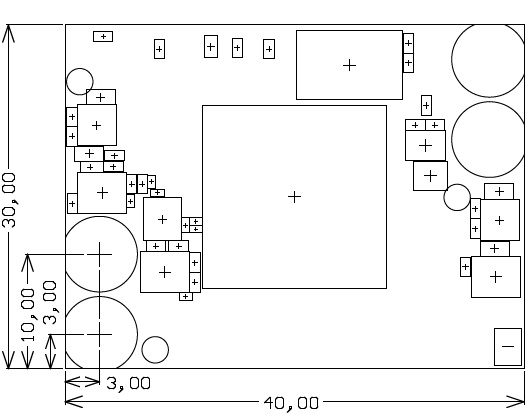
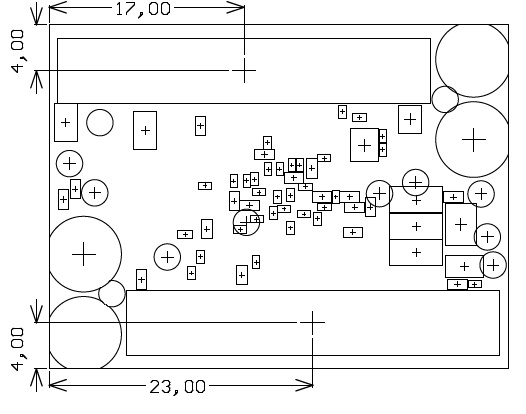
| Date | Revision | Notes | PCN Link | Documentation Link |
|---|---|---|---|---|
| 2016-08-04 | 02 | VCCIO0 added to B2B | PCN-20160815 | TE0714-02 |
01 | - | - | TE0714-01 |
Hardware revision number is printed on the PCB board next to the module model number separated by the dash.
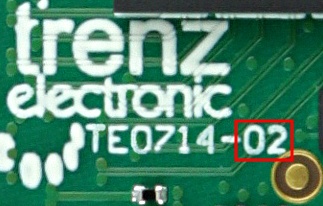
|